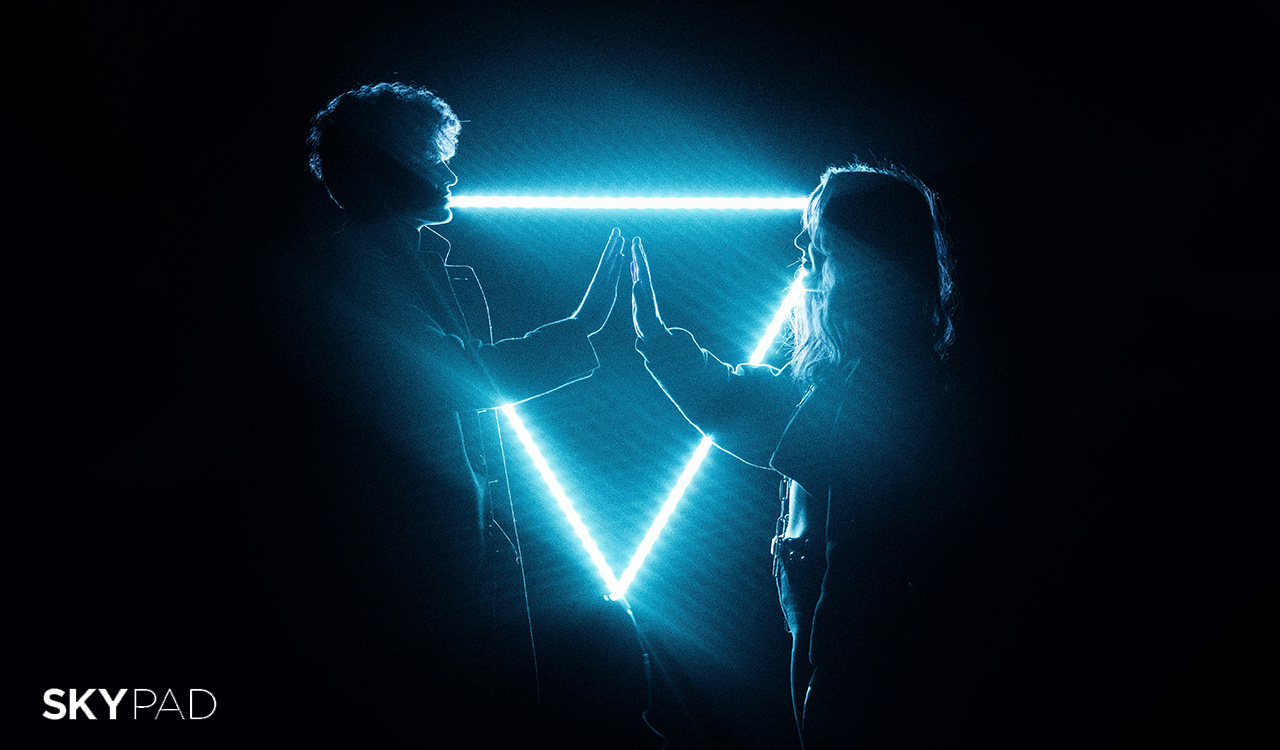Tons have been written about DTC native brands, the startups, viral unicorns still trying to make a buck, and those new brands who are making lots of bucks. Most of them were created by young tech geeks, business school grads and kids with a lot of common sense and empathy for what people want. Digital-native retail brands address the pain points that people do not want to experience to acquire their wants and desires. And most of these young entrepreneurs have a technology bandwidth that was growing exponentially in their brains when they were still in a highchairs. Innovation and technology are simply part of their DNA.
A barrier they don\’t have to contend with is making money. There is a fire hose of billions from investors who will lose money on nine ventures, betting that the tenth will become another Snapchat. But then there is the issue of sustaining new retail brands. The startups that are the \”tenth\” sticky winners and unicorns valued in the billions (but still not making a profit) will have to get serious and learn or hire the knowledge of how to run a business for the long haul.
An Education
We are experiencing a new generation gap. Think about this: 36-year-old Mark Zuckerberg knows more about the technology ecosystem than any member of Congress. Yet, he apparently doesn\’t have the wisdom of experience to realize how potentially harmful his brilliant invention is to society.
[callout]Let’s face it, most legacy leaders will admit they are challenged to catch up to the knowledge of these young entrepreneurs and even figure out how to deploy the technology that is outside of their personal understanding. [/callout]
Tech stars launch their startups on a higher platform than the old legacy world, which is struggling to stay alive today. It\’s a platform legacy leaders are desperately trying to master just to stay in the game, much less trying to catch up to the knowledge of how to use the technology young entrepreneurs have already innovated.
The old world wrestles with the question of whether to \”buy or build\” the technology skills or technology-driven businesses required to succeed. For example, Walmart could have chosen to either internally build out their own technology and ecommerce skills or to acquire them. Realizing it would take years to achieve technological prowess, instead in incremental steps, they chose to acquire the knowledge and skills that came with Jet.com, for about $3.5 billion, likely saving years and billions of dollars by doing it on their own, with the added risk of not succeeding. Likewise, Target chose to acquire Shipt, the shopping and home delivery service, rather than building their own.
The big point here is that the smart leadership in the old-world C-Suites, particularly now, must accelerate the transformation of their failing legacy models by embracing a strategy of transplanting the whole technology enchilada, all of it, into their DNA. At the same time, they need to implement tech to connect and engage with consumers just like the startups are doing on a daily basis. If they don\’t, legacy retailers are indeed, toast.
And I believe an accelerant for getting these antiquated models turned around is to acquire the best and brightest of these entrepreneurial startups that align with their businesses. It\’s no different than betting on the one out of ten that investors gamble on. And a large percentage of these startups are actually happy to be in the market looking to be acquired. That\’s the ultimate payout for starting up in the first place.
The smart legacy guys are doing it, disrupting their calcified, bureaucratic cultures with out of the box ideas, losing on nine, but hitting a home run on the tenth.
Who Would Want to Acquire Warby Parker?
Warby Parker is a unicorn with a market valuation of about $2 billion, still privately held, founded in 2010 by Neil Blumenthal, David Gilboa, Andy Hunt and Jeff Raider, all Wharton grads. In 2009 if you were to pick one startup out of ten, Warby Parker would likely have been your last choice. In fact, consultant and author of \”The Age of Agile,\” Steve Denning, was asked in a Forbes article whether it was possible for a few business school students to disrupt a monopolistic company with 60-80 percent market share in the U.S. (that would be Luxottica). Denning replied, \”I would have said they were crazy.\”
The same article reported that Adam Grant, a professor at Wharton, wrote in his book, Originals, \”Back in 2009, one of the founders pitched the company to me, offering me the chance to invest in Warby Parker. I declined. It was the worst financial decision.\”
He added his thinking at the time about the pitch: \”1) eCommerce for glasses sounded like a losing proposition. Who would buy glasses online? 2) Decision-making seemed a little slow, taking over six months to commit to a company name. Could this slow pace of decision-making sustain a business? 3) None of the founders were pursuing the opportunity full time. If they were fully invested in the idea, how could he be? When I compared the choices of the Warby Parker team to my mental model of the choices of successful entrepreneurs, they didn\’t match. […] In my mind they were destined to fail.\”
Fail Not!
The rest is history. Warby Parker took off. The launch was so successful that the team hit their first-year sales targets in the first three weeks. A decade later we can now safely say that they are the one winner out of the nine other new ideas, doomed for failure — and they are still scaling.
And guess what sparked the idea? The consumer. The four friends, still in school, had a conversation getting around to a question of why glasses cost so much. They nailed a pain point for consumers. It was not about inventing a cool product and then pushing it out into the market. It started with identifying a consumer need and then building a solution.
The answer to why do glasses cost so much became a no-brainer. Luxottica, with its huge, almost monopolistic market share could set the pricing bar as high as they wished.
So, the first structural decision was to create a vertically integrated company, essentially bypassing retailers who would mark up lenses three to five times what they cost. And again, consumer first, they would not pocket the savings, but would pass it along to the consumer through lower prices. Furthermore, Luxottica produces and markets through their own retail chains such luxury licensed brands as Ralph Lauren, Chanel, Prada, Ray-Ban and others, for which they pay royalties of 10 to 15 percent or more. This also raises the pricing.
Brand Building
Early on, Blumenthal understood the importance of branding. He said, \”In general, especially in Silicon Valley, people underestimate the importance of brand. And the importance of really defining who you are and what you stand for and having a very distinct point of view.\”
Quoted in the same Forbes article, investor Ben Lerer of Lerer Hippeau saw in Warby Parker what Adam Grant failed to see, \”What was immediately clear was how thoughtful they were about the consumer. They listen to the customer like no brand I\’ve ever seen.\”
Marketing gurus and authors of their classic book, \”Positioning,\” Al Ries and Jack Trout said that Blumenthal and Gilboa knew instinctively that the customer was key and \”they were methodical and meticulous about their purchase funnel, from awareness to post-purchase.\” The entrepreneurs stressed the importance of Warby Parker being an experience, \”We\’re obsessive when it comes to experiences, and we believe that the best designers design experiences.\” Furthermore, Blumenthal and Gilboa started by understanding how customers shop for glasses, \”First and foremost they check do these look good on your face? So, we\’re a fashion brand first.\”
Ries talks about brand positioning. \”Customers are not rational creatures, and they can be fickle. A brand\’s best bet to get the time of day is to play the game of positioning. \”Positioning is not what you do to a product. Positioning is what you do to the mind of the prospect. That is, you position the product in the mind of the prospect.\” Get it? Ries said, \”The basic approach of positioning is not to create something new and different, but to manipulate what\’s already up there in the mind, to retie the connections that already exist.\” And that\’s exactly what Warby Parker did. They positioned the brand as \”anti-Luxottica.\”
And Warby Parker played a subtle consumer message by telling the world of glass wearers exactly how monopolistic and price gouging Luxottica was in a cool, fun way, which was anti-Luxottica without having to mention the brand name. They won consumers\’ minds, and continue to do so, now both digitally and physically with 90 stores across the U.S.
Luxottica – Helloooooo!
So, all of you big, old world, calcified cultures, listen up! Early on in Warby\’s scaling, I asked a CEO of one of those big legacy players (who will remain anonymous), \”Why wouldn\’t Luxottica want to acquire Warby Parker, essentially acquiring a brand that has the number-one position in a new, popular and rapidly growing market? They would also be taking a potential competitive threat off the field.\”
The answer from that CEO? \”That\’s not Luxottica\’s model.\” And that\’s exactly why much of the legacy brand world is at risk.




